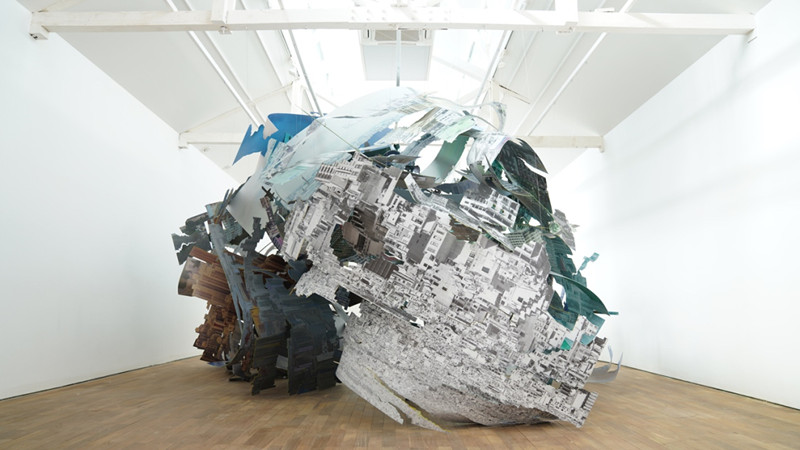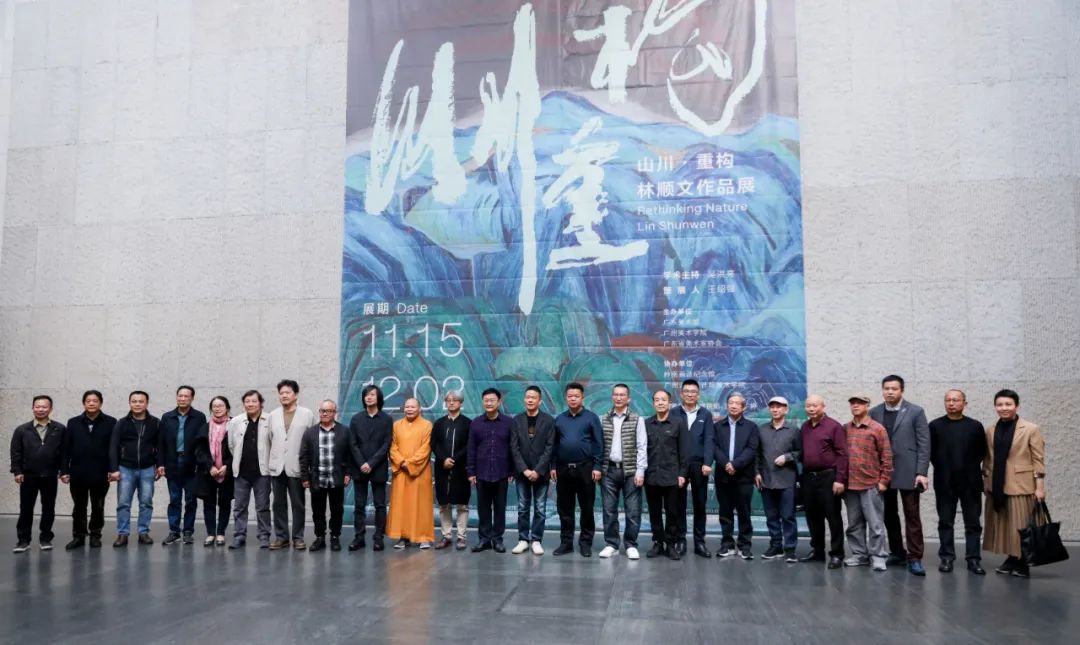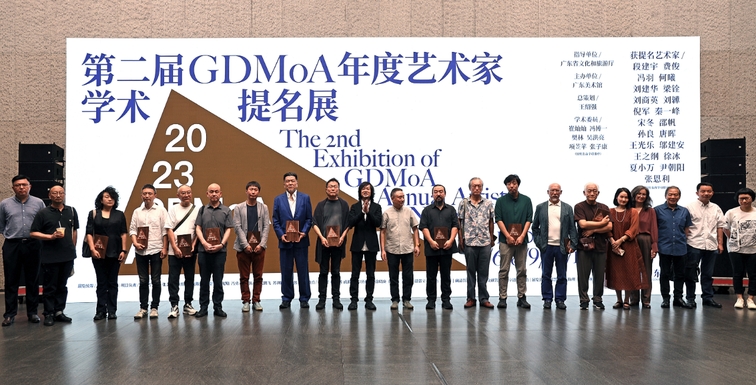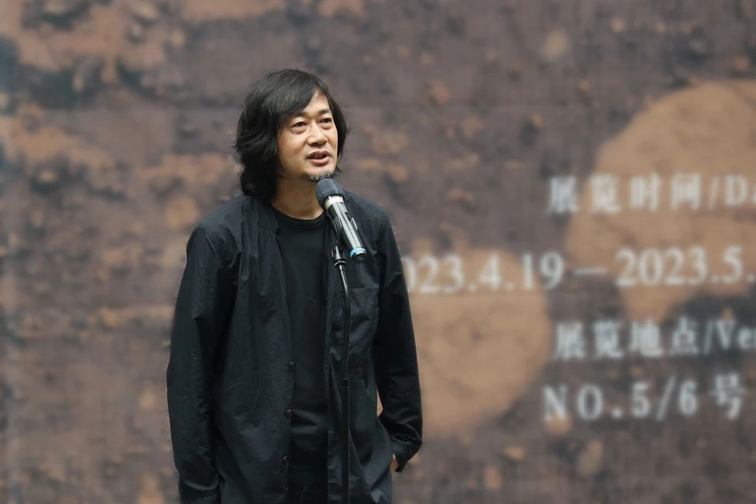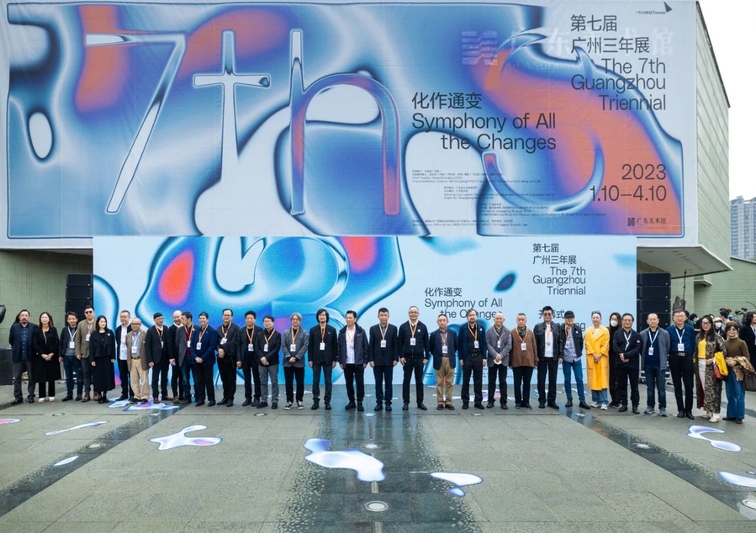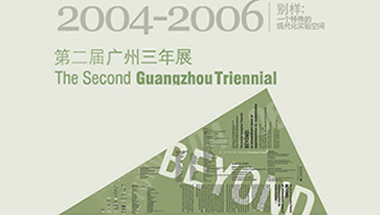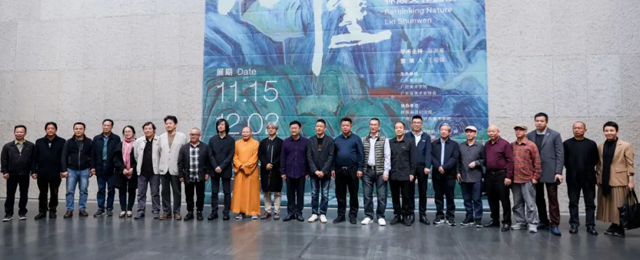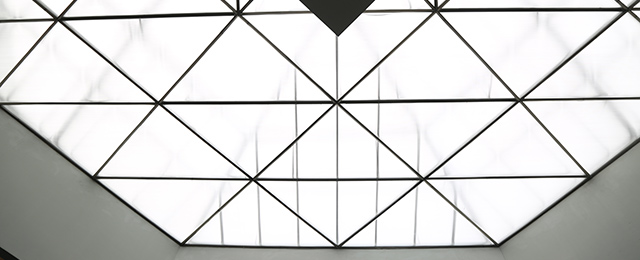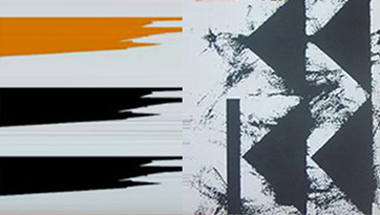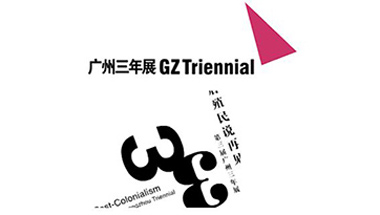施慧——关怀人文自然的空间艺术家
录入时间: 2007-06-07
没有刻意追求异化与突兀,而总是生长于自然之间,它们与草丛、与树木、与光影融为一体,然后静静地相互依存着;没有张扬复杂的噱头,就这么应着景色,素然坦诚地出现在你眼前。这就是施慧的作品。现任职为中国美术学院纤维与空间艺术工作室教授的施慧自上世纪80年代开始壁挂纤维艺术的研究,此后一直致力于纤维与空间艺术的创作。她的作品讲究以现代艺术意义上的创作构架以及对材料运用的敏感和娴熟技能,使创作趋于纯化和成熟,也正是这种对材料的静心触摸和细致思考以及其作品在当代艺术层面上体现出的东方精神底蕴为倡导领悟非凡的马爹利所推崇,从而成为 2007年度的“马爹利非凡艺术人物”。
施慧,1982年毕业于中国美术学院工艺系,1986年始师从世界著名壁挂艺术家MARYN VARBANOV马林·瓦尔班诺夫(万曼)教授从事现代纤维艺术创作。1987年作品《寿》(合作)入选第13届瑞士洛桑国际壁挂双年展,代表中国艺术家首次步入世界壁挂艺坛。之后一直坚持现代纤维艺术的创作,作品形态由墙面走向空间。其作品先后在国内外许多重要展览及提名展、双年展中展出,引起广泛关注。
纸浆、棉、麻、竹、木,这些天然的纤维材料在施慧的手中反复地被缠绕、交织,有秩序地叠落、并置,这古老繁复的纤维编织手法让她的作品在空间中不断生长着,犹如一种渗透心灵的信仰,传递着对已逝去的手工传统的别样情感。亦如作品那朴素的材质,这些满载着无序的秩序感的被施慧定义为纤维与空间艺术的作品,最终却没有使用优美的形容,而只用《巢》、《结》、《柱》、《飘》、《痕》、《石》、《墙》,这些言简意赅的独字命名,如一个词、一句话,抑或是一句朴素的智慧表达。
施慧并不很强调作品的观念,而关注怎样把这些材料做成她所感知到的新的视觉语言,并很少用特定的观念词汇来注解作品。她对作品的期望就是能与自然融为一体,而这也正是其作品吸引人的地方: 与自然默语的作品在空间中自由延展,并因材质的变化而表现为新的视觉语言。施慧较早完成的作品《巢》如一个个球形盛开的珊瑚,竹蔑是骨架,密集交错的棉线成为球形生命体的肌肉,并被白色半透的纸浆如皮肤一样包裹着,当光线与之相碰,朦胧中闪过的是对生命的柔情。而在此之后的作品《结》中,线的意味更加丰富,流露着施慧从老师万曼那里学做编织时造就的对线的敏感痕迹--线的结构、线的穿插以及线面体的交叠转化。软雕塑作品《柱》、《框》、《痕》则以非经验视觉的方式出现在空间和自然中,它不依赖于宏大的形式感向空间彰显着存在,却因一丝细致微妙的淡然情感牵动着人心。
中国纯自然材料的纸浆为施慧所钟爱。纸浆洁白纯净,寓丰富的变化于单纯之中。纸浆中含有竹、麻纤维,又使之蕴藏着坚韧的性格。2003年的作品《老墙》以洁白的纸浆制成,横亘在/木柱之间,仿佛一堵墙被抽去色泽和质感,诠释着一种空无,仿佛一种岁月在空间中无声地流淌。这些/静默的作品,让我们再次感受到了因材质而焕发出的心灵诗意,这也许就是施慧心中关怀自然与人类情感和谐的大音稀声。
Shi Hui-- A Spatial Artist Concerned With Nature and Human Sympathy
Not intentionally seeking the absurd or the unexpected, but always living in a natural environment, they are from the underbrush, from among the pines, blending in with the natural light to make a moment of interdependence. There are no publicity gimmicks, it is just a simple landscape, just a candid landscape that appears in front of one’s eyes. These are Shi Hui’s works. Currently employed as a professor at the National Academy of Fine Art’s Fiber Arts Studio, Shi Hui began her research on fine art tapestries, ever since has devoting her efforts to the creation of fiber and spatial art. Her works stress the creative framework and significance of modern art through the use of sensitive materials and intricate skills, making the work more pure and more mature. It is also this kind of meticulous care in handling the materials and detailed thought that goes into the works that makes this work on the modern art level display an Eastern spirit and inside information that advocates realization of the Martell’s recognition, thereby honoring her as “Martell Artist of the Year 2007 ”.
Shi Hui graduated from the Arts and Crafts Department of the Central Academy of Fine Arts in 1982 and in 1986 she began to study with the world-renowned tapestry artist Maryn Varbanov, actively engaging in the creation of fiber arts. In 1987 the artwork “Longevity” (a cooperation) was chosen for the 13th Switzerland Lausanne Tapestry Biennale, representing the first occasion in which Chinese artists were included in the International Tapestry Arts Forum. After that, she was continuously producing fiber arts, the shape of her artworks following the wall and working with the space. Other works of art were chosen for various important national and international exhibitions, were shown in biennales, etc., thus attracting the attention of a wide audience.
Paper pulp, cotton, hemp, bamboo, wood, these natural fiber materials are entangled and remixed in Shi Hui’s hands, interweaved, they are orderly folded and juxtaposed, these ancient complex fiber weaving methods make her works grow endlessly into the space inhibit, like an infiltration of spiritual beliefs, simultaneously sentimentally passing down the tradition of hand weaving. Also, like the common materials used in her works, these works brimming over with a random orderliness have been defined by Shi Hui and the space that the work is in, but in the end, she hasn’t used long graceful descriptions, names like “Nest,” “Knot,” “Pillar,” “Float,” “Scar,” “Stone,” and “Wall,” have simplistic meaning that are inclusive in the one word names, like one word, one phrase, restrained or one austere wise expression.
Shi Hui won’t stress the concept of one work, but will focus on how to take these materials and turn them into the visual language that she wants to express, and she seldom uses specialized words or conceptual vocabulary to comment on her works. Her expectations for her works are that they can connect with and become one with nature; this is how they attract people: with an extension of natural humor in the space, unfurled the changing materials to write in a new visual language. One of Shi Hui’s earlier works, “Nest,” like a globe of coral in full blossom, the bamboo acting as the skeleton, concentrated cotton thread becomes like the spherical muscles on a body, surrounded by the semi-permeable white pulp skin wrapped around it in the same manner. When they collide with light, they blurred together and recall the tender sentiments of life. In the work after that, “Knot,” the significance of the thread is more abundant, expressing traces of what Shi Hui learned with her teacher Varbanov, how to be sensitive to the thread--the structure of the thread, the interjection of the thread and the overlapping transformations of the materials. As soft sculpture, “Pillar,” “Frame,” and “Scar,” are actually non-visual experiences emerging in nature and space, they are not dependent on an ambitious space to highlight their sense of presence, because the slightest detail or delicate, indifferent emotion will affect the viewers.
Shi Hui is fond of these Chinese natural materials, the white purity of paper pulp, amidst the plentiful changes and the purity. Paper pulp is made of bamboo, wood fibers that likewise embody the tenacious nature of the works. The 2003 artwork “Old Wall,” was made of pure white paper spanning wooded posts, it feels as though the wall has been drained of its color and texture; interpreted as a kind of emptiness, it is as if the passing of time is silently dripping in space. These still works let us again appreciate the beauty and poeticism of the materials. Perhaps that is what Shi Hui is most concerned with, nature and human sympathy and a peaceful, rare acoustic sound.
开放时间:每周二至周日9:00-17:00(逢周一闭馆)
每日16:30停止入场
地址:广东省广州市越秀区二沙岛烟雨路38号
咨询电话:020-87351468
预约观展:
-
广州影像三年展2025即将启幕,本次展览以“感知生态学”为主题,探索数字时代...

